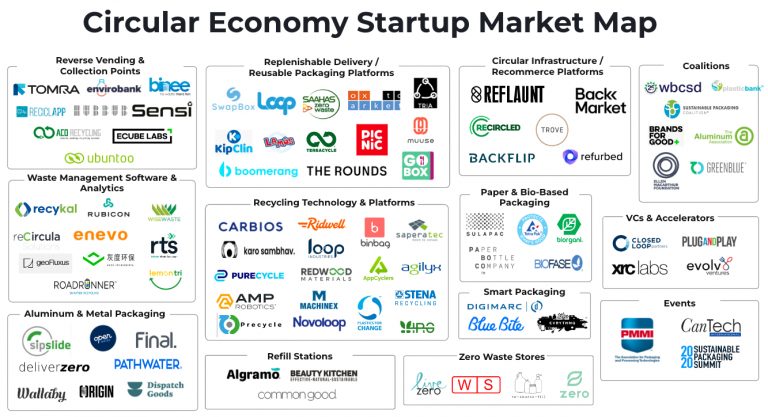Introduction
In the dynamic landscape of today’s business Potential, identifying and understanding market opportunities is crucial for the success and sustainability of any enterprise. This article delves into the intricate process of recognizing and tapping into market potential, covering essential entities such as target market, new product development (NPD) processes, target audience, sales processes, and more. Through a comprehensive exploration of these elements, businesses can gain valuable insights, enhance their product strategies, and make informed decisions that lead to growth and profitability.
Understanding Target Market and Audience
One of the initial steps in identifying market business is defining the target market and audience. The target market represents the group of potential customers that a business aims to reach with its products or services. It involves analyzing demographics, psychographics, and behavioral patterns to identify the specific segment that is likely to be interested in what the business offers.
Simultaneously, understanding the target audience is vital. The target audience comprises the individuals within the target market who are most likely to engage with the business. This involves a deep dive into user needs, preferences, and pain points. Through market research and focus groups, businesses can gain valuable insights into customer needs and expectations.
Sales Process and Capability Creation
An effective sales process is critical for converting potential customers into actual buyers. This process involves various stages, from initial customer contact to closing the deal. Creating sales capabilities is equally important, as it ensures that the business has the necessary skills, resources, and strategies to carry out successful sales operations.
Sales capability creation involves understanding the market’s pain points and aligning the product or service to address those needs. Through one-on-one conversations, businesses can tailor their offerings to meet individual customer requirements, thus enhancing the overall sales process.
New Product Development (NPD) Processes and Product Strategy
In the quest for market business identification, the NPD process plays a pivotal role. This involves the systematic approach of bringing new products or services to the market. NPD processes encompass idea generation, screening, concept development, business analysis, product development, market testing, and commercialization.
A well-defined product strategy is indispensable during the NPD process. This strategy outlines how the product aligns with market needs, addresses gaps, and provides a unique value proposition. Product managers play a crucial role in overseeing the product development process and ensuring that it meets customer expectations and aligns with the overall business strategy.
Market Research and Analysis
Thorough market research is the cornerstone of identifying market opportunities. It involves collecting and analyzing data related to market trends, competitor strategies, and customer behavior. Market trend analysis helps businesses stay ahead by identifying emerging patterns and adapting their strategies accordingly.
The SACC process (Situation Analysis and Customer Classification) is a valuable tool in market research. It involves assessing the current market situation, classifying potential customers, and understanding their needs. This process aids in developing effective marketing strategies and tailoring products to specific customer segments.
Uncovering Market Gaps and Opportunities
Identifying market gaps is essential for any business looking to capitalize on untapped potential. Gaps can arise in terms of unmet needs, underserved customer segments, or areas where competitors fall short. Through a meticulous analysis of market trends and customer feedback, businesses can pinpoint these gaps and position themselves to fill them with innovative solutions.
International Journals and Literature Review
Exploring international journals and conducting a literature review can provide businesses with a wealth of knowledge and insights. These sources often contain valuable research findings, case studies, and industry best practices. By staying informed about global market trends and successful business strategies, companies can adapt and apply these insights to their local contexts.
Informed Decision-Making and Marketing Strategies
The culmination of market research, analysis, and understanding of customer needs leads to informed decision-making. Informed decisions involve aligning business strategies with identified market opportunities and leveraging the knowledge gained from the NPD process, SACC process, and sales-related capabilities.
Effective marketing strategies are crucial for reaching and engaging the target audience. Utilizing the information gathered through market research, businesses can tailor their marketing campaigns to resonate with customer preferences. This includes crafting compelling messages, selecting appropriate channels, and establishing a strong online presence.
Conclusion
Identifying market business is a multifaceted process that requires a deep understanding of various entities, including target market, NPD processes, target audience, sales processes, and more. By integrating these elements and staying attuned to market trends and customer needs, businesses can uncover valuable opportunities for growth and success. The journey involves continuous learning, adaptation, and a commitment to meeting the evolving demands of the market. Through strategic planning and informed decision-making, businesses can position themselves as industry leaders and thrive in the competitive landscape.























+ There are no comments
Add yours